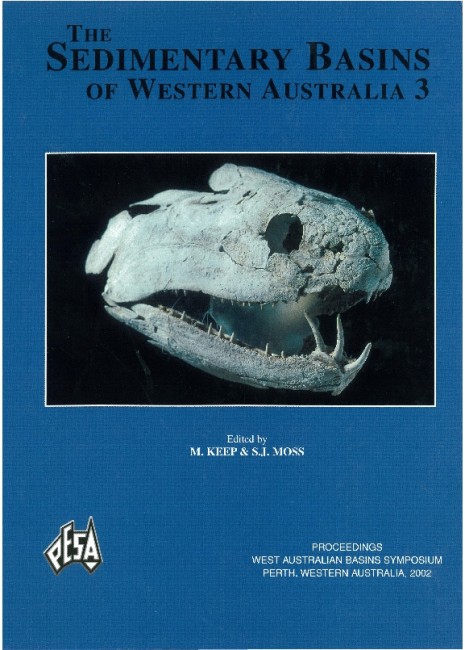Publication Name: The Sedimentary Basins of WA
Authors: N. Smith, C. Dempsey, M. Jackson & J. Preston
Publication Volume: 3
Date Published: December 2002
Number of Pages: 37
Reference Type: Book Section
Abstract:
The discovery of heavily biodegraded oil in Novara 1 in 1982 by Esso/BHP branded the Exmouth Sub-basin as a"difficult" exploration province for almost two decades. A total of 24 barrels of biodegraded, 16.7? API oil was
recovered from a drill-stem test conducted over a 2 m interval, indicating an uneconomic flow rate of 33 BOPD.
The perception that any future oil discoveries would be similarly biodegraded and therefore highly problematic, if not impossible, to produce economically, condemned the Exmouth Sub-basin in favour of its eastern cousins - the Barrow and Dampier sub-basins.
Despite an encouraging 550 BOPD flow of biodegraded oil from a poor quality reservoir in West Muiron 5 in 1993, it was not until late 1998/9 that flows of 4300 and 4800 BOPD from the nearby Vmcent 1 and Enfield 1 wells respectively demonstrated that biodegraded Exmouth oils could be produced at commercial rates. Concurrent re-interpretation of the Novara liST results, in an integrated geological and engineering assessment, promoted the Coniston prospect adjacent to the Novara fault block.
The Novara liST test was demonstrated to have failed largely due to the test parameters, rather than the nature of the oil. Geochemically, the Novara oil is similar to West Muiron 5, so any oil discovered at Coniston had the


